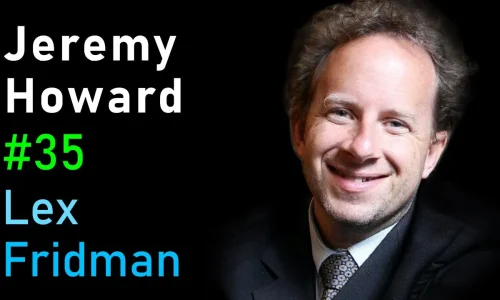See all Lex Fridman transcripts on Youtube

Jeremy Howard: fast.ai Deep Learning Courses and Research | Lex Fridman Podcast #35
1 hours 44 minutes 10 seconds
🇬🇧 English

Omnivision Solutions Ltd
- Getting Started
- Create Transcript
- Pricing
- FAQs
- Recent Transcriptions
- Roadmap